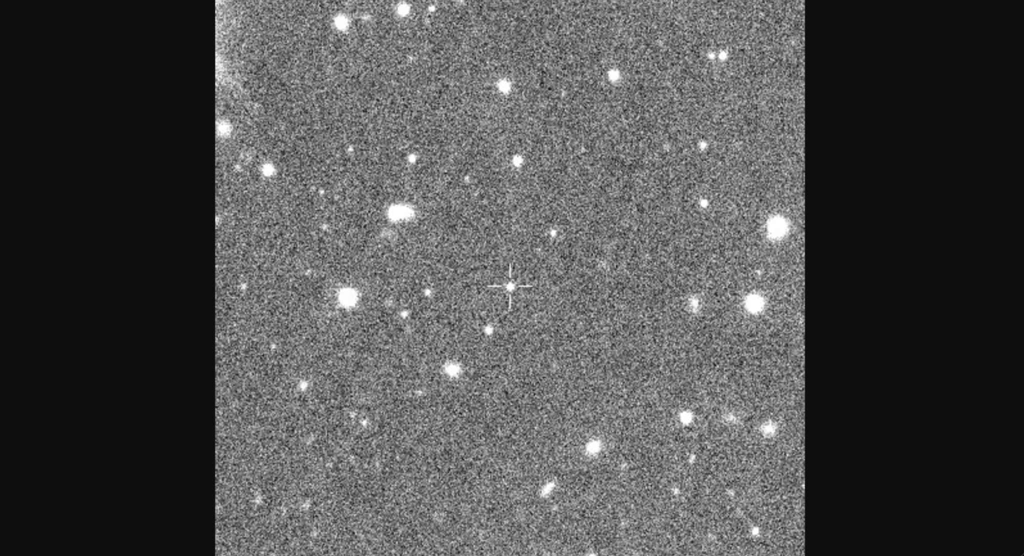New X-ray sources, dubbed "millinovae," have been discovered in the Magellanic Clouds.
The two largest galaxies that are satellites of the Milky Way, the Large and Small Magellanic Clouds, are perfect for observing classical novae. Previously, Naked Science reported the discovery of a rare binary system consisting of a white dwarf and a Be-type star in this region. Additionally, astronomers have been monitoring millions of stars in the direction of these gravitationally bound galaxies for over 20 years as part of the Optical Gravitational Lensing Experiment (OGLE).
For the first time, a peculiar object — ASASSN-16oh — with luminosity significantly weaker than that of "normal" novae was discovered in this part of space in 2016. The outburst lasted for months (not days), and during direct observations, researchers found no signs of a powerful gas ejection. The X-ray spectrum and surface temperature of the white dwarf were comparable to typical novae.
It is important to note that strong "ultrasoft" X-ray emissions occur during classical nova outbursts, when hydrogen accumulates on the surface of the white dwarf (pulled from a companion star), ultimately leading to an explosion (or outburst) of the nova and the loss of its outer envelope.
Now, a research team from the University of Warsaw (Poland), led by astronomer Przemek Mróz, has identified a new group of 29 objects that shine almost like classical novae but do not explode and do not shed their outer envelope.
Understanding what the observed objects are involved analyzing archival data from the OGLE project: astronomers selected 29 stars (including the "prototype" ASASSN-16oh), whose optical outbursts were long, gradually increasing and fading, yielding brightness about a thousand times less than classical novae (hence the name "millinova"). The results of this scientific work are presented in the journal The Astrophysical Journal Letters.

In one of the systems called OGLE-mNOVA-11, they even "caught" the moment of the outburst and conducted spectroscopic and X-ray observations. The results showed that the bright ultrasoft emission, similar to ASASSN-16oh, lacks the characteristic "broad" spectral lines of ejected gas typical of classical novae.
This discovery confirms the hypothesis of a new class of white dwarf outbursts that last several weeks (or even months) and have a maximum luminosity lower than that of classical novae. The narrow spectral lines during the outburst indicate the absence of a powerful ejection of matter, and the low-energy emission observed in the X-ray range fades as the outburst diminishes.
The authors of the new study noted that none of the existing theories fully align with the observed outbursts and their X-ray profiles. One proposed hypothesis suggests that millinova are caused by instability in the accretion disk (the latter formed around the white dwarf due to the transfer of material from the companion star, which, while preserving angular momentum, distributed itself around the white dwarf under the influence of its gravity), resulting in a sudden increase in material inflow onto the white dwarf and the onset of "quiet" hydrogen burning on its surface. Other scenarios propose that the observed outbursts represent a special version of an explosion on the surface of the white dwarf without shedding the outer envelope.
The lack of a precise explanation for such "silent" outbursts does not diminish the significance of the discovery for understanding the evolution of binary star systems. Astronomers intend to continue the hunt for millinova using other telescopes and X-ray observatories. More sensitive instruments will allow scientists to "catch" the moments of outbursts and "examine" the surfaces of white dwarfs during the peak of ultrasoft X-ray emissions.